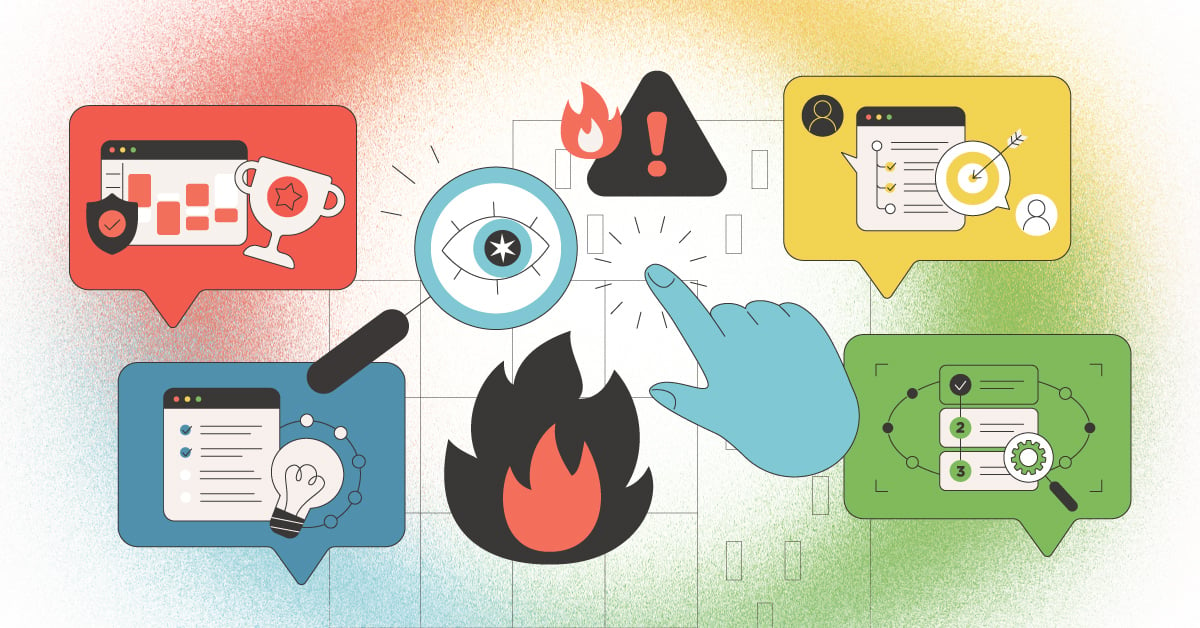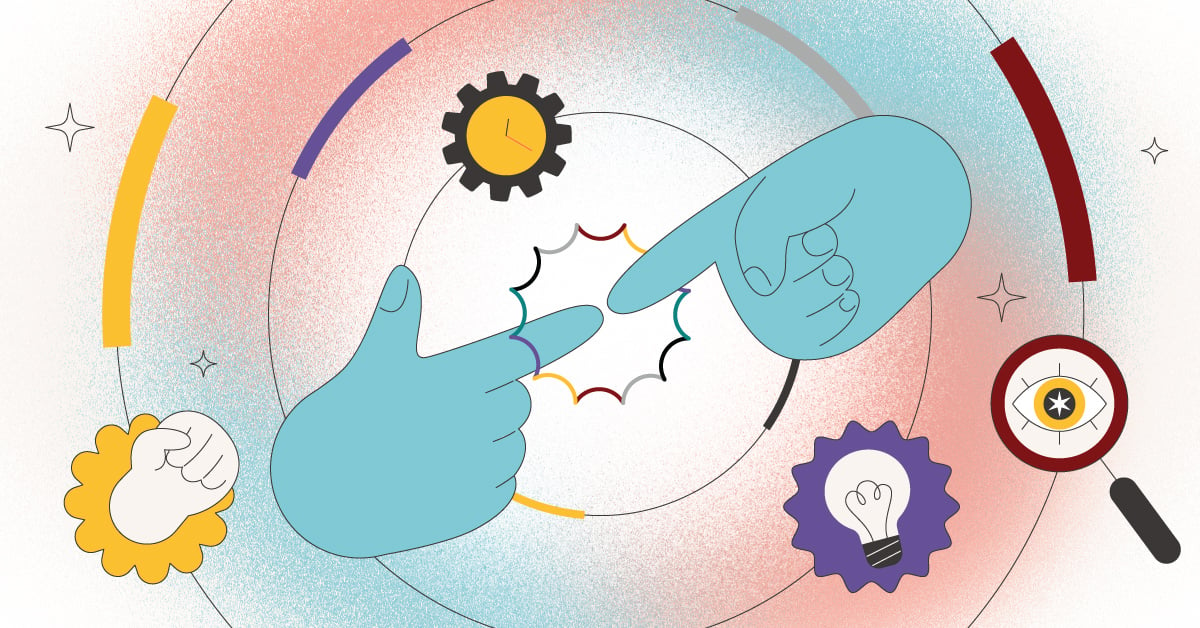
A Q&A With Value Added Associate Jerry Houston
A number of coaches, consultants and trainers affiliated with
TTI Success Insights have turned to
Stress Quotient™ to explain to leaders how measuring stress can set the stage to create better efficiencies and self-awareness in the workplace.
Since May 2015, Jerry Houston, CEO of Phoenix-area HPISolutions, has used Stress Quotient as a door opener to showcase how stress impacts organizations from the top down and how pairing its results with other assessment solutions can help individuals and teams grow.
As one of the first principal users of Stress Quotient, Houston has administered roughly 70 reports to various client organizations since last spring.
We caught up with Houston recently to get a sense of how Stress Quotient has positively impacted his business and his advice to others about implementing this tool into their business.
- In your experience and discussions with clients, how big of an issue is organizational stress? How did you discuss this sensitive and sometimes ambiguous issue with clients prior to Stress Quotient™ coming to market?
We have always used TTI's TriMetrix®
series of assessments to uncover job satisfaction issues. By paying attention to job satisfaction, role awareness, self-direction and sense of self through these assessments, it becomes clear pretty quickly that there is stress. The problem was quantifying it for the client to make it real.
- When Stress Quotient became available through TTI Success Insights, what were the initial discussions you had with clients that led you to begin offering this assessment as part of the overall solution?
We started with the idea of asking clients about what they thought were stressors for their team and how much impact they thought stress was having on the leadership and workforce.We asked them if they would like to participate in a leadership assessment on stress, and once they saw that they were stressed, this led to a deeper dive with all of their employees (some employees refused to take the assessment!).
- How effectively does Stress Quotient address and measure stress, and did your company use other TTI SI assessments to better frame these discussions?
Stress Quotient™ does a superb job of showing it as it is. Clients have been astonished by the intensity of how it measures stress and how much employees are being affected by what is going on in the culture. That led us to doing work in the areas of vision, mission, values and code of conduct training.This new assessment also led us to undertaking projects in understanding self and others, utilizing TriMetrix as a base. We have also seen some need for emotional intelligence (EQ) work to determine if some stress is a result of issues such as low self-regulation.
- What has been the general reaction and appraisal amongst clients about how Stress Quotient is impactful to identify and measure individual and team stress?
Those who have participated are on board as to the impact stress is playing. It has allowed us to talk about job match and stress created because a person doesn’t fit to the work that they are involved in. - Would you say clients introduced to this new assessment were won over right away, or did it take some time to see the overall value?
It depends on the client, but most have bought in pretty quickly. As with all new things, some clients remain in denial and reject the idea that stress matters. They don’t remain clients very long, obviously, since they don’t value people enough to do the hard work it takes to change the culture. - What advice would you provide to other consultants, coaches and trainers who haven’t considered or may be on the fence about whether to use Stress Quotient in their business?
Try it. Pick a client and give away the assessments. Pick a client that you believe is really experiencing stress at a pretty high level. Offer to do a group debrief of the results from Stress Quotient (start with leadership, then move on to the employee team). - Because Stress Quotient serves as a diagnostic tool versus a solution, what advice would you offer about pairing it with other TTI SI assessments to better solve inefficiencies?
I have great faith in our Value Added Associates that they will quickly see that tools that impact culture get people to better understand self and others, and determine what impact emotional immaturity has on individuals and teams.In addition, other assessment tools can help clients feel assured that their vision, mission, values, code of conduct and other cultural issues must be resolved. Obviously job fit/job match is also a big factor that produces stress.
- What are your plans for continuing to use Stress Quotient in your business?
We have big plans for Stress Quotient. There are many clients who could benefit from a deeper knowledge of how stress impacts the workplace. Like most of our colleagues, we only wish we had the time to roll it out bigger and faster! - Where would some of the client organizations you work with be today without a tool like Stress Quotient?
We have evidence that those who have embraced Stress Quotient are headed to a much better culture in their organizations. Those who have ignored the results have had devastating impacts, including losing (and continuing to lose) key members of their leadership team.
We wish all our friends and colleagues great success with the tool. Our advice? Just introduce the tool, and your clients will be all the better for it.
Want to discover insights about whether your stress is tolerable or at a tipping point? Visit measureyourstress.com to learn 7 ways stress manifests itself.

![Don’t Let Your Behavioral Style Haunt You [Infographic]](https://blog.ttisi.com/hubfs/Halloween-Infographic_DontLetYourBehavioralStyleHauntYou_Email_Header.png)

